Why one term defines two workplace trends, and how managers can address both.
Quiet quitting: it’s a term no one was using a month ago, and now it’s everywhere. Google Trends shows a spike in worldwide searches for the term in late August 2022, and a search reveals almost half a million results as of mid-September.
Clearly something is resonating.
But as with any new term that starts swirling around the zeitgeist, we don’t seem to have agreed upon one definition. Does quiet quitting mean setting boundaries around the time you spend working, or is it complete disengagement with your job and a refusal to do more than the bare minimum?
I would argue that it’s both, and that we’re using one term to refer to two very different phenomena.
What is quiet quitting?
Quiet quitting is about discretionary effort, and it has a healthy and a harmful manifestation.

People may be ‘healthy quiet quitting’ because of external life events and responsibilities, seeking better work-life balance, or realizing that they’re in the wrong line of work. This type of quiet quitting is temporary; the desire to go the extra mile is there, but the capacity just may be lacking.

People may be ‘harmful quiet quitting’ because they don’t feel valued at work, their work isn’t meaningful, they feel hopeless about ever getting a raise, or they’re otherwise burned out. Any accountability that they do have to the company and their colleagues isn’t by choice, it’s compliance. These people may treat quiet quitting as a solution to their problems, but it’s not a sustainable solution either for them or for the organization.
The good news is that you can reach people who are quiet quitting in the harmful sense. As a manager, you can help people tap into what matters most to them so they can re-engage with their work by understanding what they value and what makes them feel purpose.
Reversing ‘harmful quiet quitting’ with values
If teams are built on relationships where each person understands what motivates the others and everyone feels valued based on their unique motives and strengths, then team members’ accountability to each other and willingness to go the extra mile isn’t compliance — it’s engagement.
But as a culture, we’re still learning to work productively and creatively, and with human connection in a remote environment. Managers aren’t getting to know people on a personal level, and colleagues aren’t invested in each other’s lives.
We need to build relationships. The art of developing people is connecting their work to what matters most to them at their core. Quiet quitting is the symptom, but what’s going on beneath that is that their work has been divorced from their values, or was never connected in the first place. To know the value system at their core, you need to spend time getting to know the person.
It’s your job as a manager to think at the level of employees’ motivations and values, to truly see what’s leading to the quiet quitting behavior.

Prevent ‘harmful quiet quitting’ with values-driven work
As a manager, first put aside judgment about quiet quitting. Going the extra mile is part of being in a community, but it can also be overdone. A person without boundaries, who carries the team on their back, will burn out, while a person with healthy boundaries is good for the company.
With the rise of remote working has come the rise of tracking and surveillance of company computer use. While these tools were designed to optimize productivity, they often end up making people feel like a cog in a machine.
This disproportionately affects Gen Z, the generation most associated with quiet quitting. They’re an overtly meaning-driven population, but older generations could take a page out of their book. All people have a deep need to find meaning in how they spend their days.
Managers have the power to help people experience work as a source of meaning, and Core Strengths has some tools to help them.
People find a sense of purpose within three primary motivations:

The SDI 2.0 Assessment reveals how these three motives uniquely blend in each person.
Relationship Intelligence is insight for adjusting your approach to make interactions more effective. Managers can take the insights they glean from the Assessment about their employees’ motivations, and interact differently with each person, based on that insight, to empower each person to be their best self at work.
Internal motivation has always worked better than external motivation for getting results. Of course, compensation needs to be competitive and the workplace needs to communicate a genuine level of care and concern for every employee. But people are only willing to go above and beyond when they work for a manager who values them, gives them feedback, and connects their work to their internal motivations.
Is ‘healthy quiet quitting’ okay?
Healthy quiet quitting can enhance the team and organization because finding a way to be effective without burning out is a real skill. Ideally, we’d come up with a different term for this concept, because it’s not really quiet quitting. It’s just setting healthy boundaries.
But boundaries only work when both parties agree upon them. In the best-case scenario, an employee drifting toward quiet quitting will sit down with their manager and get clear about the expectations, role, and responsibilities for the future.
But managers should be the ones to initiate the conversation and demonstrate interest in the whole person — long before they’re at risk of quiet quitting. Be attentive to what’s going on in the employee’s life outside of work and curious about what they want from their work performance. Remember that not everyone is gunning for a promotion. If you have aligned expectations with the employee, you can co-create a future that’s exciting and meaningful to them and the team.
A lot of people in the workforce who have gone the extra mile one too many times and are now quiet quitting aren’t the type to ask for help. But you can help them understand that achieving their definition of optimal work-life integration benefits everyone involved.
If you and your employee have aligned expectations and they’re still quiet quitting, you may want to discuss whether they would be happier doing something else. Perhaps they want more growth opportunities, perhaps they can explore a new role in the organization, or perhaps they’ll take that opportunity to tell you that they’re on their way out, officially.

What’s the future of quiet quitting?
Relationships are everything when it comes to preventing ‘harmful quiet quitting’ and encouraging healthy boundaries. And relationships are at the heart of our work at Core Strengths.
Learn about Relationship Intelligence and how it can help you manage better, build effective teams, and build trust.








